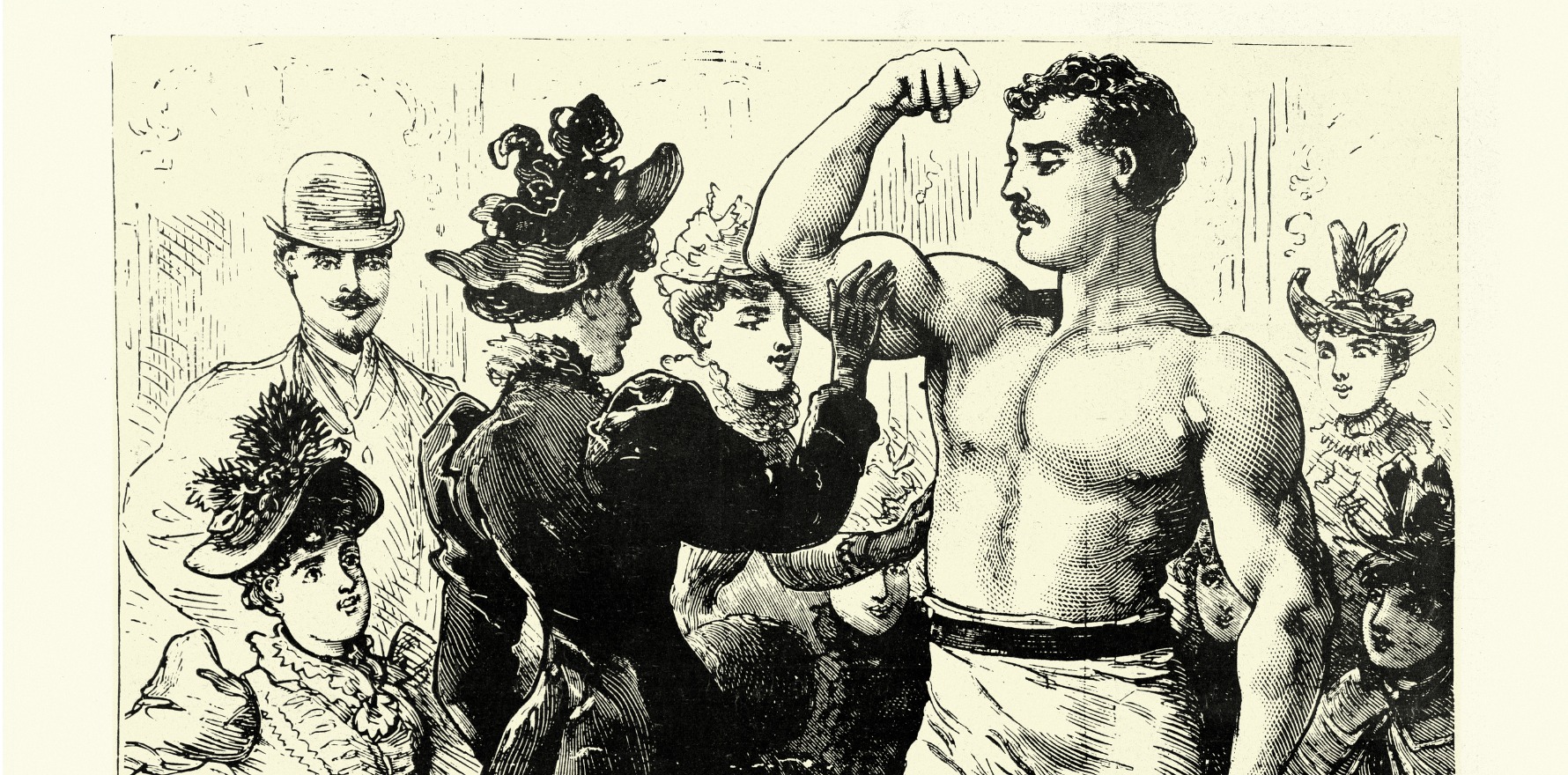Older people continue to bear the brunt of mortality.
Covid remains our biggest acute respiratory killer, being implicated in 4056 deaths this year to August, compared with 851 for flu and 380 for respiratory syncytial virus.
The Australian Bureau of Statistics last month reported these numbers of “acute respiratory associated deaths”, meaning ones where a virus either caused a terminal complication or contributed significantly to the death.
Of the 4056 covid-associated deaths, 62 were in Aboriginal and Torres Strait Islander people, lower than in the same period last year (92) and 2022 (204).
There were 3177 deaths due directly to covid this year to August, compared with 4597 for the whole of last year and 10,309 in 2022.
Of these, 223 (7%) were in people under 70 and 56 (1.7%) were in people under 60.
Noting that the numbers are provisional and likely an underestimate, the ABS said that between January and July, deaths involving covid were 18% lower than last year and 60% lower than in 2022.
Flu-associated deaths this winter were about double those of last year, similar to those in 2017 and about 20% lower than in 2019, a particularly bad flu year. RSV-associated deaths were 50% higher than last year and double those of 2022.
The Covid-19 Response Inquiry report released last week noted covid’s disproportionate impact on the elderly, who not only accounted for the great majority of deaths but also “experienced extreme social isolation”, due to the choice to avoid interactions or because of visitation bans enforced in aged care facilities.
Our residential aged care population were better protected early on by population control measures than their counterparts in other countries. “Up to early 2022, 1 per cent of the total number of Australian aged care residents died of covid-19 associated illness, compared to Sweden (8 per cent), Scotland (13 per cent), and the United States (13 per cent),” the report says.
Related
Nonetheless, in 2022, our worst year for covid mortality, almost 90% of the deaths were in people 70 years and older.
Since 2020, when the lack of outbreak preparedness and emergency planning in the aged care sector became stark, the government has developed half a dozen new guidelines and established several formal bodies and offices.
The flawed vaccine rollout “did not meet a single key target for vaccinating older Australians, either in or out of residential aged care facilities”, the report says.





